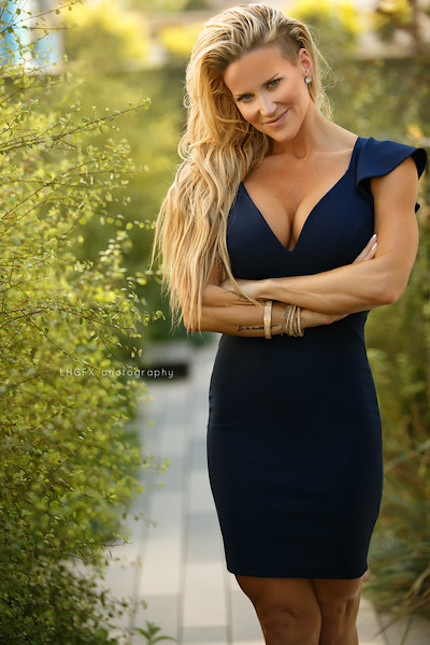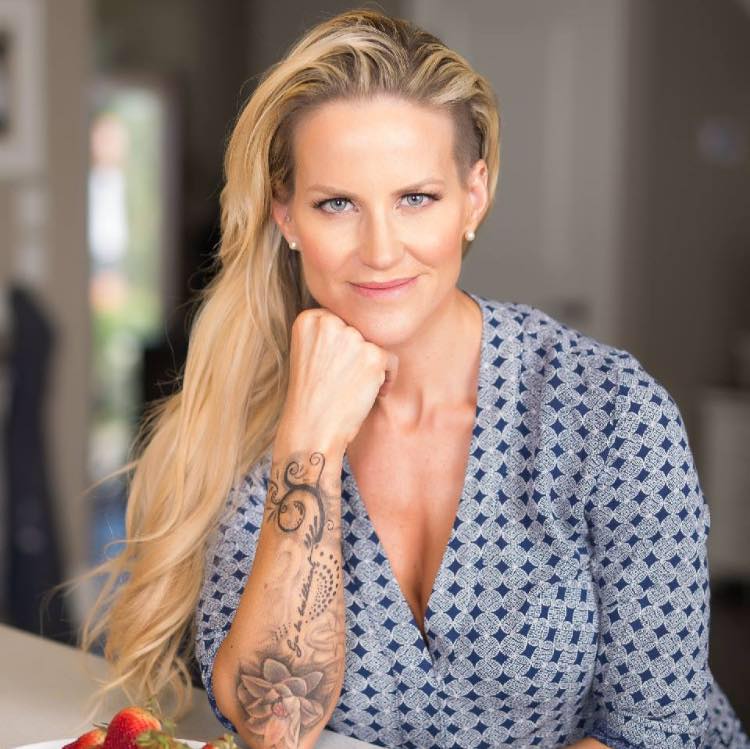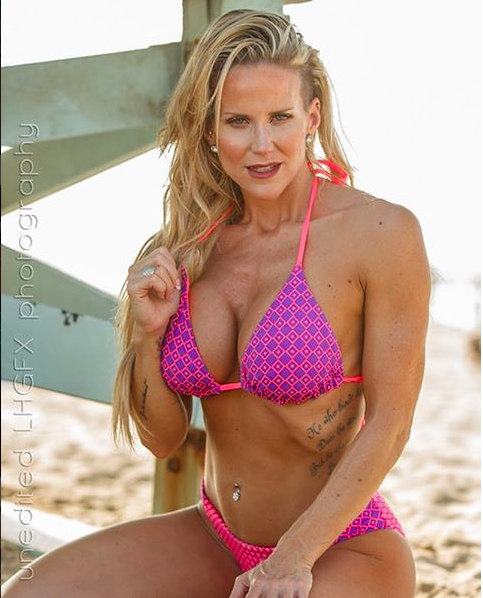So You Want To Represent a Brand

Thirteen years ago, I sent my first athlete package to PVL (Fit Foods) inquiring about sponsorship. I was a trainer at a very busy downtown Toronto gym and loved their products. Back then, it was a large manila envelope with my bio, goals, what I could do for them, several printed photos, and a disk with more pics to showcase my look.
I must admit I didn’t get a reply the first, second, third, or even fourth attempt. However, my perseverance prevailed and they finally contacted me. I was determined to represent this company. I used its products, recommended it to my clients, and, more importantly, believed in it.
When the athlete relations manager (customer service at that time) finally contacted me, I was over the moon. They gave me the chance to demo at events and stores, and shortly afterward, I pursued an account manager position, which led to where I am today.
Now I am no longer with Fit Foods. However, I am still in the industry as a competitor and an account manager of 100-plus stores. Roughly a year ago, I also became involved in recruiting and working with athletes for two social media teams.
I often get asked for sponsorship, and I have to say I am usually disappointed with what athletes present to “sell” themselves. So I decided to put together some tips that I believe are the necessities in pursuing sponsorship.
1: Put together your bio, your accomplishments, your goals, what you can bring to the brand. That being said, I don’t need to know what happened in the third grade. Keep it short, precise, and engaging. If you struggle with this, write a list of questions and answer those.
2: Include good pictures (no Instagram selfies). Have some professional fitness shots. If you have never done a shoot, make sure your first one is not all lingerie (unless Playboy is who you are looking at). Look at Inside Fitness, Muscle Insider, Oxygen, and various fitness magazines for inspiration.

3: Know the company’s products, message, and branding. (Spelling the company name right is key … trust me, I’ve seen the opposite happen.)
4: Use social media. Post often, engage your followers, be proactive, and interesting. What is your message? What is your personal brand?
5: Watch your content. I know certain brands shy away from profanity, nudity, etc. Know your target audience.
6: Try to stay as close in shape as you can. We all know there is a big difference between stage-ready and real life, but trying to represent an active look is also very important. This also varies from bodybuilder to bikini.

7: Be professional. Look at this as your way to expand and grow. The more you give to a brand and show your value, the more you will get out of it.
8: Remember that people are always watching. You never know what opportunities can arise. Look at this as a job, and treat it as such.
9: Use the social media channels available to expand your audience—Twitter, Snapchat, Instagram, Facebook, etc. I know it’s a lot, but once you get into the groove, it becomes easier. Work at your social media. Following, liking, tagging, and commenting are all part of the social media game. Dedicate some time each day to building your following.
10: Find a brand that aligns with your own message. Don’t jump from brand to brand just seeking sponsorship. Be authentic and operate with integrity. Follow through on your commitments, and most of all, be persistent. You don’t stop training if something doesn’t change after one workout. You continue to improve and go back to the drawing board.
At the end of the day, what most brands look for when signing athletes or ambassadors is what you can offer their company. With so many athletes looking for sponsorship, what makes you unique? How can you add to their team and, more importantly, their sales?

